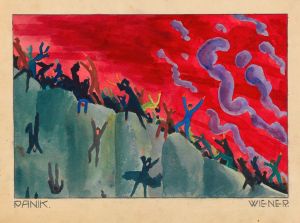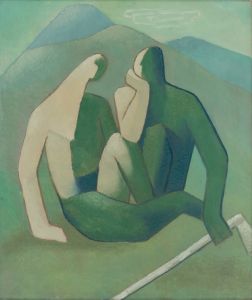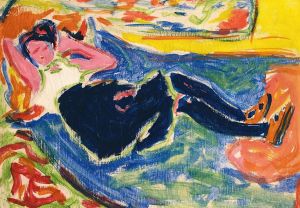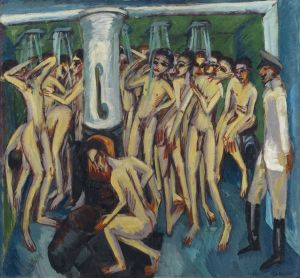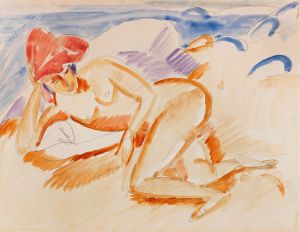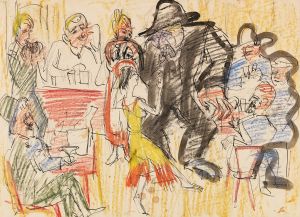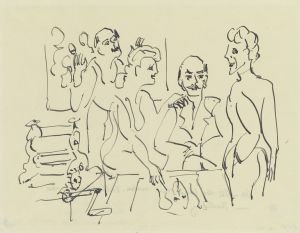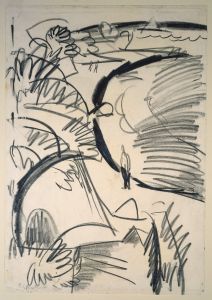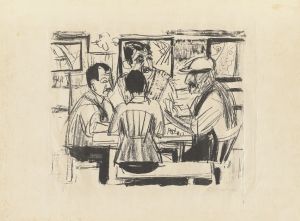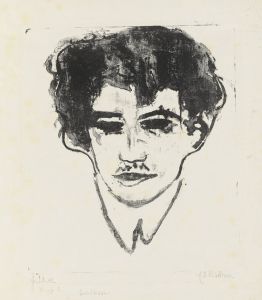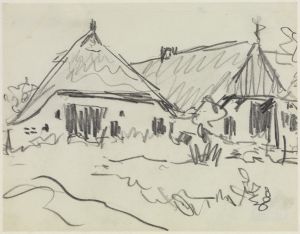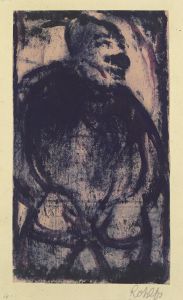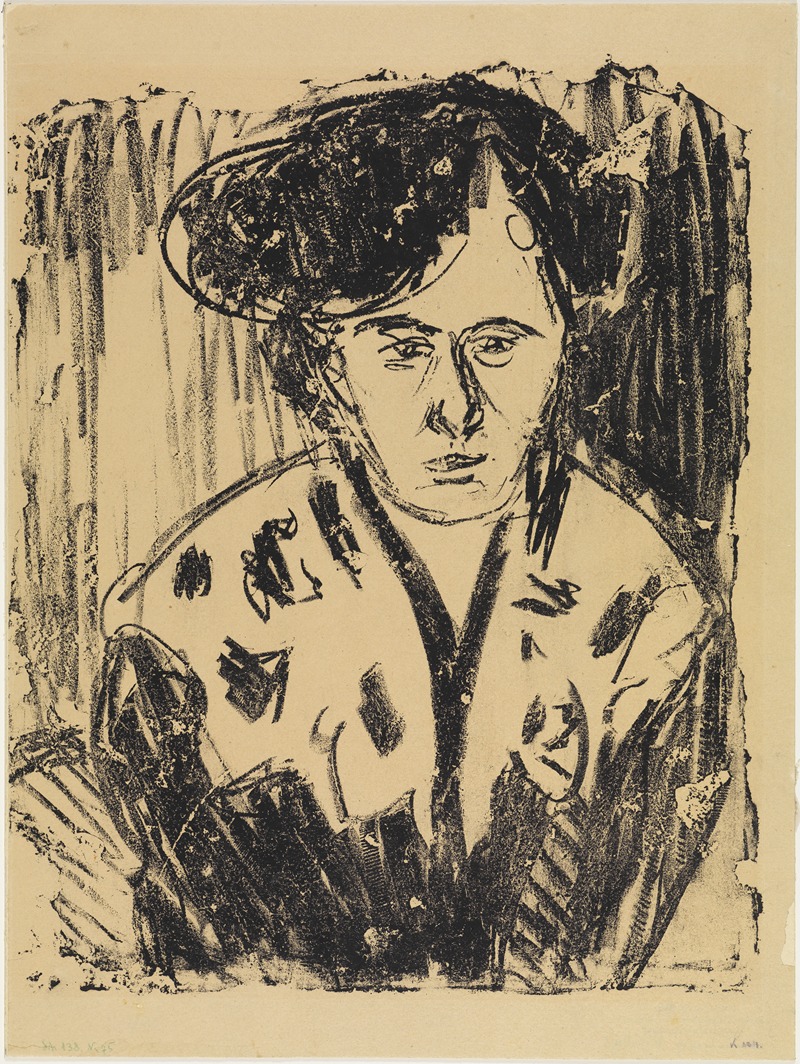
Frau im Spitzenkragen
A hand-painted replica of Ernst Ludwig Kirchner’s masterpiece Frau im Spitzenkragen, meticulously crafted by professional artists to capture the true essence of the original. Each piece is created with museum-quality canvas and rare mineral pigments, carefully painted by experienced artists with delicate brushstrokes and rich, layered colors to perfectly recreate the texture of the original artwork. Unlike machine-printed reproductions, this hand-painted version brings the painting to life, infused with the artist’s emotions and skill in every stroke. Whether for personal collection or home decoration, it instantly elevates the artistic atmosphere of any space.
Ernst Ludwig Kirchner, a prominent German expressionist painter, created the artwork "Frau im Spitzenkragen" (translated as "Woman in a Lace Collar") during a period marked by significant artistic innovation and personal exploration. Kirchner was a founding member of the influential art group Die Brücke (The Bridge), which played a crucial role in the development of Expressionism in the early 20th century. This movement sought to convey emotional experiences rather than physical reality, often through vivid colors, bold lines, and dynamic compositions.
"Frau im Spitzenkragen" exemplifies Kirchner's distinctive style, characterized by its expressive use of color and form. The painting depicts a woman adorned with a lace collar, a detail that suggests a focus on both the elegance and the individuality of the subject. Kirchner's work often explored themes of modernity, urban life, and the human condition, and this painting is no exception. The subject's attire and demeanor may reflect the changing roles and perceptions of women during the early 1900s, a time when societal norms were being challenged and redefined.
Kirchner's technique in "Frau im Spitzenkragen" is notable for its dynamic brushwork and the use of non-naturalistic colors, which are hallmarks of his expressionist approach. These elements work together to convey a sense of immediacy and emotional depth, inviting viewers to engage with the painting on a visceral level. The composition likely emphasizes the psychological presence of the subject, a common trait in Kirchner's portraits, where the inner life of the individual is as important as their outward appearance.
The period during which Kirchner created this painting was one of significant personal and professional development. After founding Die Brücke in 1905 with fellow artists Fritz Bleyl, Erich Heckel, and Karl Schmidt-Rottluff, Kirchner sought to break away from traditional artistic conventions and explore new forms of expression. The group was heavily influenced by non-Western art, as well as the works of Vincent van Gogh and Edvard Munch, which is evident in their bold use of color and form.
Kirchner's work, including "Frau im Spitzenkragen," was also shaped by the socio-political context of the time. The rapid industrialization and urbanization of Germany, along with the tensions leading up to World War I, influenced many expressionist artists who sought to capture the anxieties and uncertainties of modern life. Kirchner himself experienced significant turmoil during and after the war, which affected his mental health and artistic output.
"Frau im Spitzenkragen" remains an important piece within Kirchner's oeuvre, reflecting both his personal style and the broader themes of the Expressionist movement. The painting is a testament to Kirchner's ability to blend form, color, and emotion, creating works that continue to resonate with audiences today. As with many of Kirchner's works, it invites viewers to reflect on the complexities of human experience and the ever-changing nature of society.
Kirchner's legacy as a leading figure in Expressionism is well-established, and his works, including "Frau im Spitzenkragen," are held in high regard by art historians and collectors alike. His influence extends beyond his lifetime, impacting subsequent generations of artists who continue to explore the expressive potential of art.





